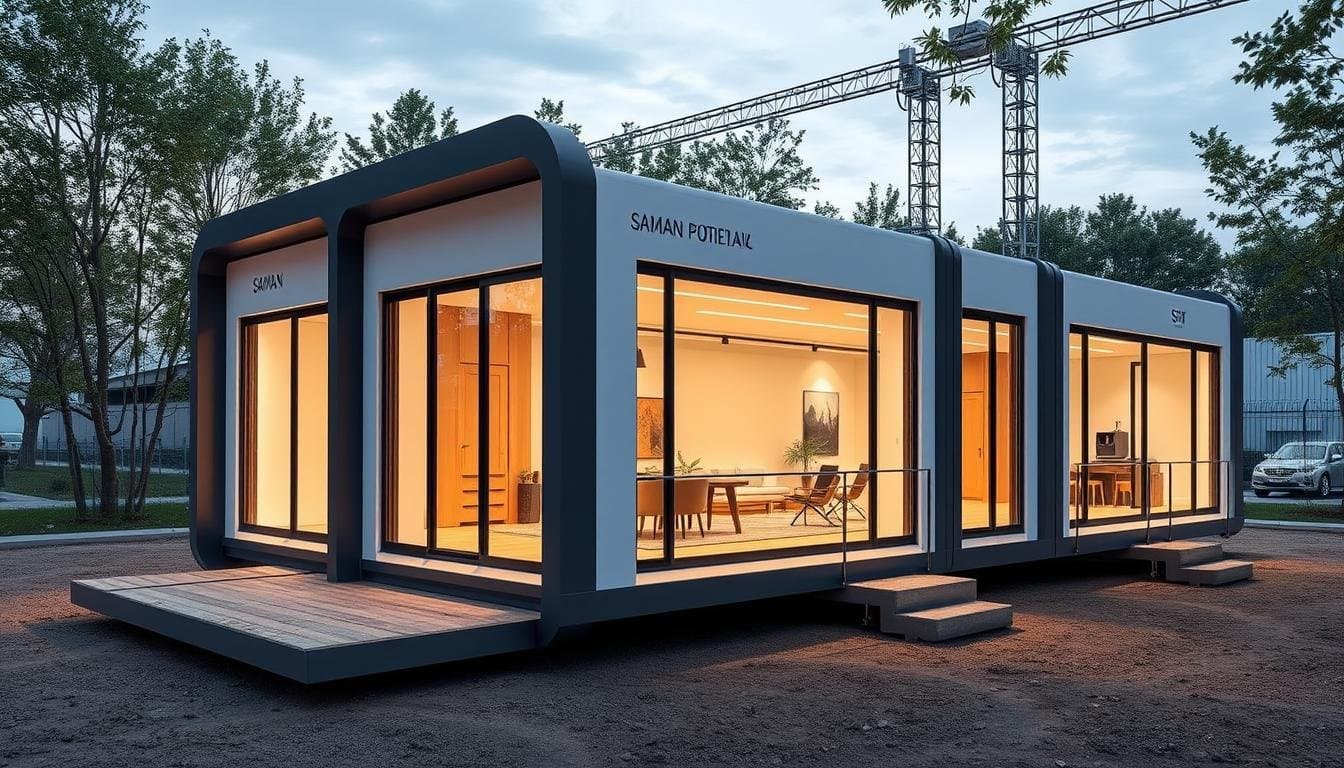Advanced Prefabricated Solutions: Streamlining Construction with Modular Building Techniques
AuthorAdmin-1
PublishedFebruary 5, 2025
UpdatedFebruary 5, 2025

Featured Image
Article Summary
Discover how prefabricated solutions revolutionize construction projects with faster build times, cost efficiency, and superior quality. Learn expert tips for successful modular builds
Loading content...